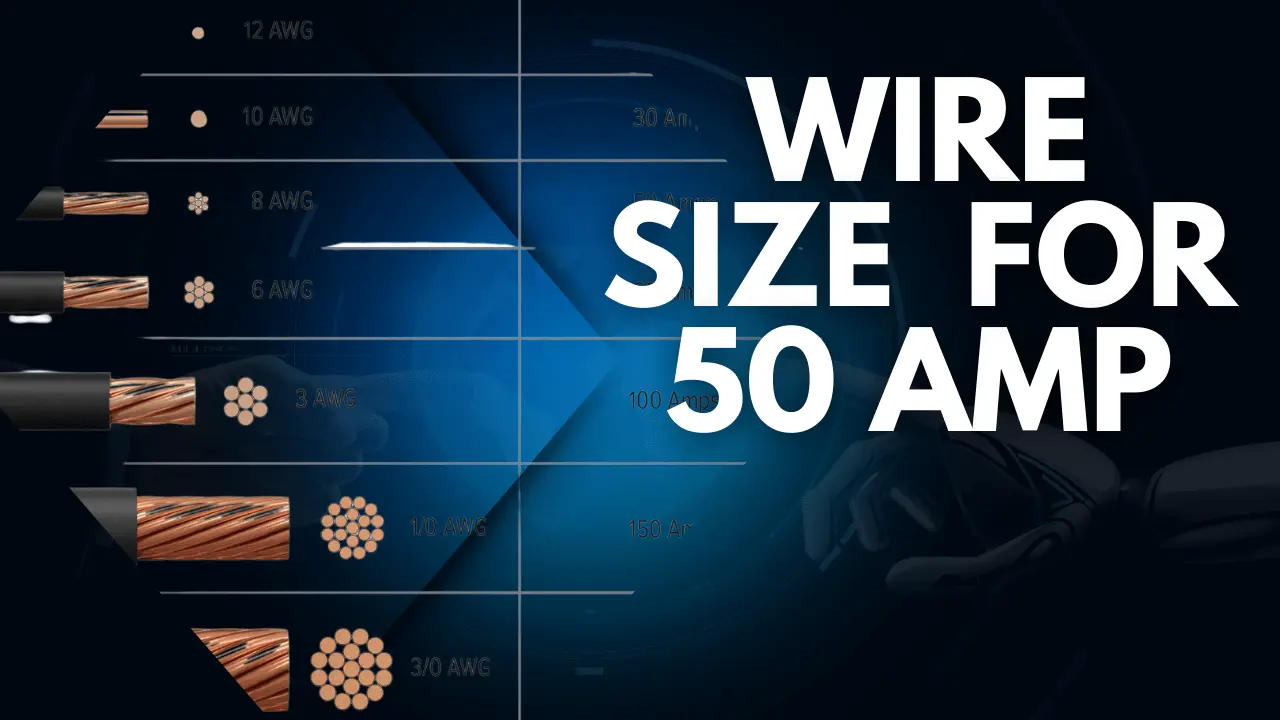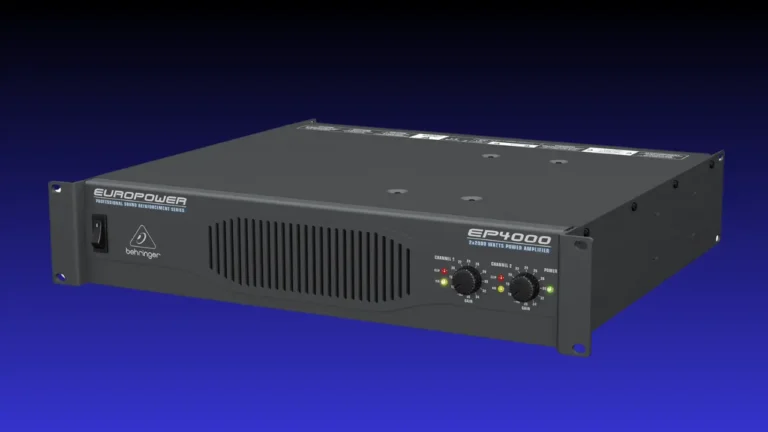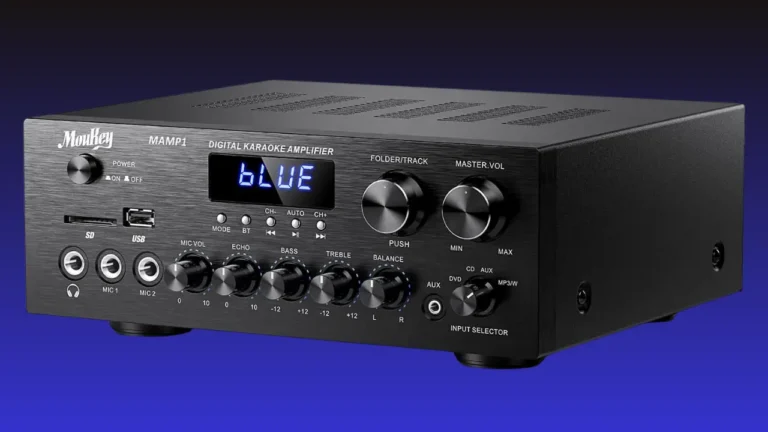What Size Wire for 50 Amp?
Setting up your setup by yourself?. I know when dealing with electrical installations, you must know the correct wire size because understanding the correct wire size for your system is very important for the safety of your setup as well as performance. A common question that arises in every setup owner’s mind is, “What size wire is required for a 50-amp circuit?” am I right In this guide, I’ll tell you all the aspects and key factors that influence wire size, the recommended wire sizes for a 50-amp circuit if you are using Copper wire is 6 AWG (American Wire Guage), Now let me tell you all the guages so that you can select the wire for your setup properly, and ensure that your electrical system functions optimally and safely.
Understanding the 50 Amp Circuit
First of all, I’ll start with the basics that we first need to understand the 50 amp Circuit. A 50 amp circuit is typically used for large appliances and machinery that require higher power, such as:
- Electric dryers
- RV hookups
- Hot tubs
- Welding machines
- Electric ranges or ovens
- Large air conditioners
- Power Amplifiers
A simple phenomenon is that if you are using a thin gauge wire for heavy machinery, it will heat up or may burn, right? So the amperage refers to the amount of current that the wire can safely carry without overheating. A 50 amp circuit, by definition, can handle a maximum load of 50 amps. It is important to remember that exceeding this load can lead to overheating, fire hazards, and equipment damage. Therefore, you have to carefully choose the wire according to its size so that current can pass safely and easily through the wire required by the device or system.
Proper Wire Size for a 50 amp Circuit
Now let me tell you the 5 key points to determine the proper wire size for the 50-amp Circuit
- Ampacity: It is known as the maximum amount of current a conductor can safely carry. The National Electrical Code (NEC) provides guidelines on ampacity, taking into consideration the material and the insulation of the wire.
- Wire Material: Another, but most important thing to consider while selecting a wire is its material. Two of the main commonly used wire materials are copper and aluminum. As we all know, Copper wire is more conductive, which means that it can carry more current for a smaller size as compared to aluminum wire. Therefore, I recommend wire size will differ based on the material. If you are buying copper wire, then a low gauge is ok.
- Distance: Another main point to consider is the distance because the length of the wire run also affects the wire size. If you are using Longer wires, it can result in a voltage drop, which can lead to poor performance and overheating of the system. The greater the distance between the power source and the device or appliance you are operating, the larger the wire size may need to be to compensate for the voltage drop.
- Temperature Rating: Another point to consider is that the insulation of the wire. You have to select the wire according to your temperature conditions, as well as whether the wire you use is for indoor or outdoor usage. Because the wires with higher temperature ratings are better suited for environments where the temperature can fluctuate significantly.
- Voltage: Now, the final thing is the voltage. A 50 amp circuit can operate at various voltages, typically either 120V or 240V. The wire size recommendations may depend on the specific voltage of the circuit you are using.
Recommended Wire Sizes for 50 Amp Circuits
According to my own experience and also the guidelines set by the National Electrical Code (NEC), here are the recommended wire sizes for a 50-amp circuit:
- Copper Wire: For a 50 amp circuit, the NEC typically recommends using a 6 AWG (American Wire Gauge) copper wire. This size is capable of safely carrying 50 amps of current over short distances (up to 100 feet), but if your distance is above 100 feet, 6WG is not good for you.
- Aluminum Wire: For a 50 amp circuit, if you are using aluminum wire, which is much cheaper than copper wire, you will need a larger size to safely carry the same amount of current. In this case, a 4 AWG aluminum wire is recommended. We all know that Aluminum is less conductive than copper, so it needs to be thicker to handle the same amperage.
- Wire Insulation Types: The wire’s insulation type can also influence the size you need. For example, if you are using a wire rated for higher temperatures (such as THHN or XHHW-2), it may have different ampacity ratings. I’ll share the detailed article on wire insulation types so that you can easily understand.
Considerations for Longer Distances
As I mentioned above, the length of the wire run can affect the choice of wire size. If the wire needs to travel a long distance (over 100 feet), like outdoor usage, you may need to increase the size of the wire to prevent voltage drop. This is because the equipment receives the correct voltage, which will prevent it from experiencing poor performance or damage.
For example:
- For up to 100 feet, 6 AWG copper or 4 AWG aluminum is generally sufficient.
- For between 100 and 150 feet: You may want to consider upgrading to 4 AWG copper or 2 AWG aluminum.
- For beyond 150 feet, 4 AWG copper or 2 AWG aluminum wire is generally recommended.
The longer the wire distance, the more resistance there is, which leads to a drop in voltage. The larger wire helps to compensate for this drop and ensure your appliances or machines receive the full voltage they require without any poor performance or damage.
Safety Considerations
- Circuit Breaker: With 50 amp circuit, you must use a 50 amp breaker to protect the circuit from overloads. If the circuit exceeds 50 amps, the breaker will trip, cutting off the current and preventing damage to the system or risk of fire.
- Proper Grounding: If you don’t know how to properly ground, you must seek the help of a professional because it ensures that your wiring installation includes proper grounding to protect users from electrical shock and to help prevent fires. Grounding wire is typically green or bare and must be sized properly as well, usually with the same gauge as the hot wire, I mean red wire.
- Correct Connections: Always ensure that the wire connections are secure and made with the correct materials. Loose connections can create arcing, which can lead to fires.
- Code Compliance: You have to make sure that your electrical installations comply with local building codes and the National Electrical Code (NEC). If it fails to comply, you might face dangerous conditions, fines, or insurance problems.
Conclusion
I think I have covered all the aspects while choosing the correct wire size for a 50 amp circuit. It is essential for ensuring the safety and efficiency of your electrical system. If you are setting up wiring for a new appliance, installing a new circuit, or if you are upgrading your existing unit, you must properly understand that the proper wire gauge is critical. For a 50 amp circuit, 6 AWG copper wire or 4 AWG aluminum wire is typically the right choice for most applications, but factors like distance and temperature may require adjustments.
Before Getting into it Always prioritize safety and make sure your installation adheres to the NEC and local codes. If you’re uncertain or inexperienced with electrical work, it’s advisable to consult with a licensed electrician to ensure your installation is both safe and compliant.




